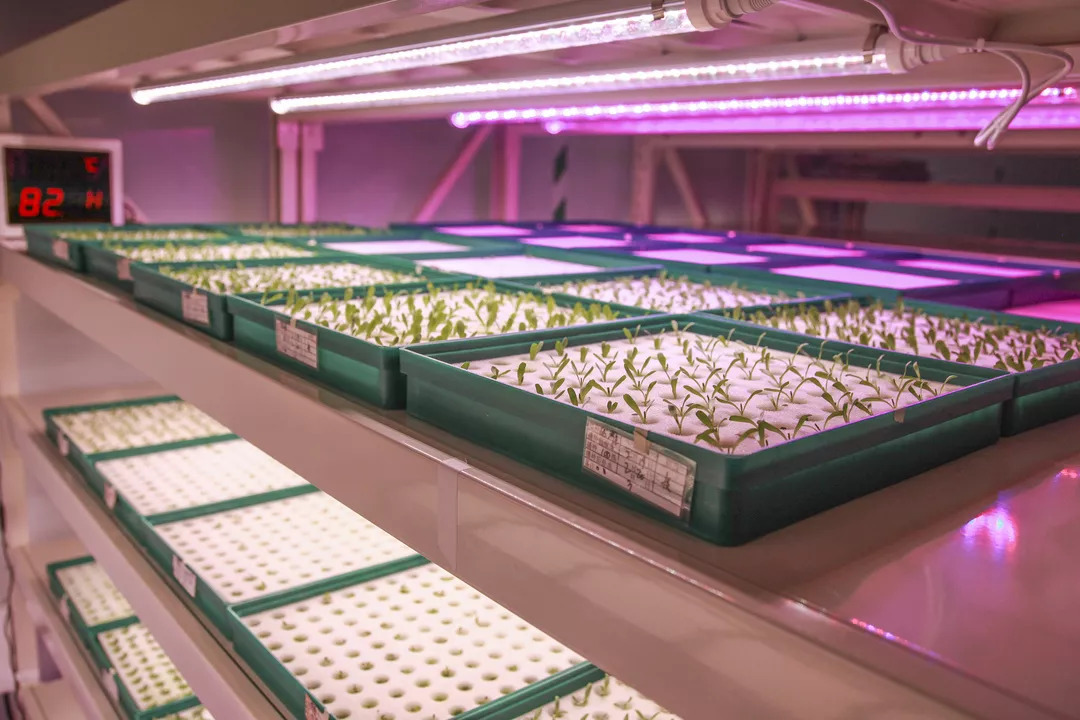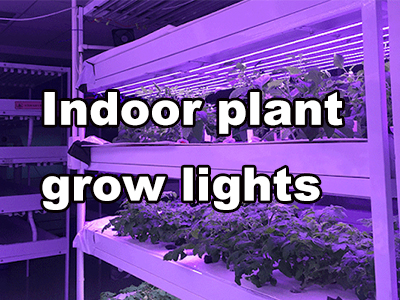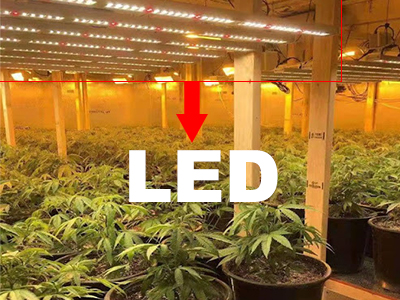
VANQ Greenhouse Grow Lights include LED solutions for top lighting and in-room lighting applications. Combined with our specialized light formulations for different crops, greenhouse growers can increase the quality and yield of their year-round production. Our Greenhouse LED Grow Lights offer a very high efficiency of 2.6 μmol/J compared to 1.7 μmol/J of traditional HPS lamps while also dissipating much less heat than HPS.
Benefits of LED for greenhouse
Shorten growth cycles, improve color, shape, and taste
Grow with the tailor-made spectrum for your specific crops
Save up to 40% on energy costs compared to HPS
Reduce cost of HVAC
Reduce labor cost witheasy plug and play installation
Lower maintenance costs with longlifetime
Slim fixture design with shadow-free
Why choose LED grow lights for greenhouse supplemental lighting?
Traditionally, artificial light sources mainly used in greenhouse crop cultivation to supplement light are HPS (high-pressure sodium) lamps, high-pressure mercury lamps, etc., but the emission spectra of these artificial light sources cannot meet the selective light demand of plant growth, and the light utilization efficiency is low. The life of the HPS tube and the luminous efficiency are not ideal, the maintenance cost of the lamp is high, the lamp tube generates a large amount of heat and the cooling load is high, so that the overall cost of light supplementing is high.
With the development of LED (OLED) technology, monochromatic LED (OLED) (such as blue light with a peak of 450 nm, red light with a peak of 660 nm, etc.) and its combined light sources have been developed for greenhouse plant needs, and the light energy utilization rate can reach 80%~90%, the energy saving effect is extremely significant, and it has gradually begun to be applied in the fields of greenhouse light supplementation, tissue culture, seedling cultivation, and plant factories. Compared with traditional artificial light sources such as HPS grow lights, LED greenhouse grow light has the characteristics of adjustable light intensity, spectrum, low cooling load, high electro-optical conversion efficiency, small size, long life, use of direct current and the ability to set specific wavelengths. And it does not contain harmful gases and has good environmental protection performance. It is a very suitable artificial light source system for plant cultivation.
1.Flexible customization of the spectrum suitable for different plants
As the primary environmental factor affecting plant growth, light not only affects plant growth and development, morphogenesis and metabolism of various substances, but also plays an important role in reproductive growth. However, plants do not absorb and utilize all wavelengths of light. Different wavelengths of light have different effects on plant photosynthesis. The light required for plant photosynthesis has a wavelength of about 400-700nm. Among them, light with a wavelength of 400-500nm (blue) and light at 610-720nm (red) contribute the most to photosynthesis. However, different plant species prefer different spectra. Therefore, accurate spectral matching for different plants can promote plant growth more efficiently, while greatly improving light utilization efficiency and reducing energy consumption. The luminous spectrum of LED greenhouse grow light can be flexibly customized according to plant needs, mainly including full blue, full red, combination of red and blue, red far red, and the spectrum (full spectrum) including the full range of 400-800nm.
2. High light efficiency and low energy consumption
Light efficiency is how many photosynthetic active radiation photons are emitted per watt consumed. Check out the most efficient HPS, double-ended 1000w, which reaches a level of 1.7 micromoles per joule. For smaller lamps such as 600w and 400w HPS, the efficiency is even lower, with a decrease of 0.9 micromole per joule. Today, the most efficient greenhouse LED grow lights reach a level of 2.5 or higher. Compared with HPS, greenhouse LED grow lights can produce two to three times as much light with the same amount of electricity.
3. Longer life time
When talking about the life of greenhouse grow light, L80 is a commonly recognizable method. Any artificial lights will slowly lose light output as it runs for a certain period of time. L80 tells us when a light source emits only 80% of its original light output. For HPS greenhouse grow light, the operating time of L80 is between 7000-20000 hours, depending on whether it is MH/HPS, its brand and size. However, greenhouse LED grow light of decent quality usually has a L80 life span of 5000-100000 hours, depending on the quality of the diode and the manufacturing quality of the lamp























